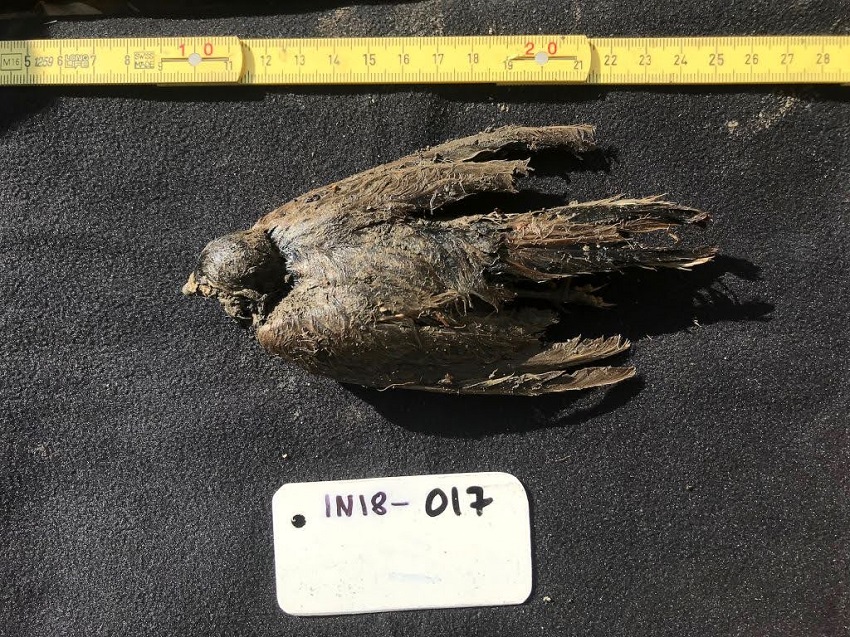Just this week, scientists published an article in the journal Communications Biology. In this article, scientists document a nearly-perfect, intact specimen of a bird that died nearly 46,000 years ago!

While this might seem like a peculiar find, at best, it is actually an amazing discovery that sheds like on the history of the world!
Scientists found this bird in the icy permafrost tundra in Siberia. The scientists, who were looking for frozen Mammoths in the permafrost, stumbled across the little frozen bird like a chicken finger that had fallen loose from the bag and was now permanently affixed to your freezer in a block of ice.
While it may seem silly to document every dead bird that you find, this bird is special for a number of reasons. Not only does this small bird give us an idea of what the world looked like 46,000 years ago, but it also tells us a lot about the evolution of birds.
The World – 46,000 years ago
Imagine wearing a blindfold while you explore the forest and try to document its inhabitants. Without being able to clearly see the relationships between plants and animals, you are limited only to what you can feel, smell, and hear. You might start by picking up a leaf, and carefully tracing its shape. Then, you might feel around for plants around you, to see if any of them have leaves that match.
The process is slow, frustrating, and rigorously intellectual. That’s essentially what archaeology is… a blind man exploring individual clues to illuminate the dark past. But, a big find like this can really start to put things into perspective. Like the blind man feeling animals in the forest, every new specimen leads to a better picture of the Earth’s history.
To date when the bird died, scientists use methods of radiocarbon dating. This method, which measures levels of decaying radioactive materials within the bird’s cells, can estimate dates with very high precision. The presence of the bird suggests that the environment 46,000 years ago likely had a number of small plants that could produce seeds and fruit to sustain the bird. According to the article, scientists have also documented a large variety of plant pollens which support the idea of a cold, but a relatively diverse ecosystem.
Bird Evolution
Thanks to technological advancements in genetics, the bird can tell us a lot more than that. The bird was so well preserved that scientists were actually able to analyze its DNA. Scientists measured the bird’s mitochondrial DNA (mtDNA), which is only passed down from a mother’s egg cell. Therefore, mtDNA is an extremely valuable tool for documenting and tracing evolutionary lines. Amazingly, the frozen bird researchers found still had plenty of mtDNA to work with.
When scientists analyzed the mtDNA from this particular dead bird, they found that the bird was actually related to 2 subspecies of the horned lark.

This tells us that the frozen, mummified corpse was actually once part of a species of birds that have evolved and changed over time. As a new ice age crept in, some of the dead bird’s descendants migrated to warmer climates, while others succeeded in the cold, desolate tundra. Today, these two subspecies of horned lark rarely interbreed and are on their way to becoming separate species.
While the process of speciation can occur very quickly, this amazingly preserved bird shows that speciation can also be a long, drawn-out process. It also suggests that while climate change will be potentially detrimental for many species, other species will develop adaptations to cope with the changes.
